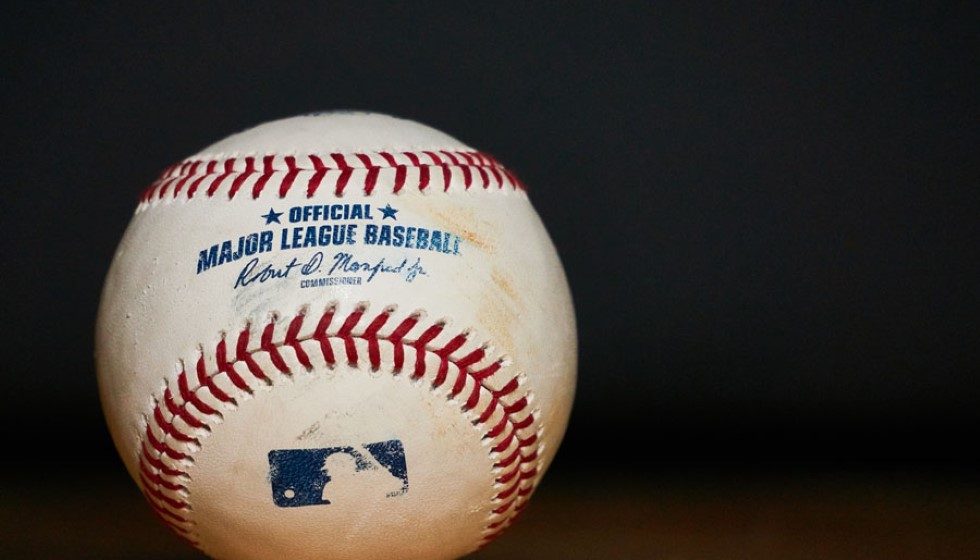
In a move that could redefine the fundamentals of baseball, Major League Baseball (MLB) is edging closer to integrating the automated strike zone system, widely known as ABS. This advancement, first hinted at by MLB commissioner Rob Manfred in May, has the potential to revolutionize the sport and bring unparalleled precision to the strike zone calls.
A New Era in Strike Zone Accuracy
The proposed ABS challenge system allows each team to appeal up to three pitches per game. This integration aims to eliminate human error, offering a strike zone accuracy within a hundredth of an inch. Manfred expressed cautious optimism about the system's implementation, emphasizing the importance of getting it right before its big-league debut. "One thing we learned with the changes last year is, a little more time is better than not enough time. Just in terms of making sure when you bring something to the big leagues, you've got to make sure you got it right," he noted.
ABS technology has already been put to the test at various minor league levels, including Triple-A. While initially leading to an increase in strikeout and walk rates, the system's strike zone fine-tuning eventually stabilized these metrics. This iterative process underscores the need for thorough testing and refinement before a full-scale rollout in Major League Baseball.
Spring Training and Beyond
Rigorous testing of ABS will continue during spring training sessions, creating an opportune environment to identify and rectify potential issues. The trial phase for MLB’s ABS implementation could begin as early as 2025. According to Manfred, significant progress has already been made: "We have made material progress; the technology is good to 100th of an inch; the technology in terms of the path of the ball is pluperfect, number one."
Feedback from the players has been a cornerstone in ABS's developmental process. Manfred highlighted the active role players have played: "We have listened – me, in particular, and I've carried a lot of this water with the owners – to player input on how they want to see it rolled out. Our focus, obviously, the second half of this year is on the challenge system, and that is almost 100% based on player feedback."
International and Minor League Experiences
Notably, the Korea Baseball Organization (KBO) implemented ABS this season, leading to observable changes in player performance metrics. The KBO’s On-base Plus Slugging (OPS) increased from .712 last year to .766 this year following ABS’s introduction. This rise in OPS signals potentially positive impacts on offense, with hitters perhaps benefiting from more consistent strike zone calls.
ABS's deployment in minor leagues initially caused fluctuations in walk and strikeout rates, but these stabilized over time as the strike zone parameters were fine-tuned. This minor league experience bodes well for a seamless transition to the MLB, where some players have already had encounters with ABS during their minor league or rehab assignments.
The Road Ahead
With its promise of near-perfect precision and fairness, ABS technology stands to be a game-changer in baseball. As testing and development continue, all eyes will be on its potential trial phase in 2025. Should the technology proceed as planned, it will likely herald a new era of accuracy and integrity in one of America's most cherished sports.